No products in the cart.
Sale
Lys-Bradykinin tetraacetate | CAS 84640-50-6 | Kallidin Peptide for Vascular and Inflammation Research
Original price was: $36.00.$28.00Current price is: $28.00.
Lys-Bradykinin tetraacetate (CAS 84640-50-6) is a bioactive kallidin and bradykinin receptor ligand involved in vascular regulation, inflammation, and pain signaling research. It stimulates vasodilation, ion flux, and cellular DNA synthesis.
Description
Product Description
Lys-Bradykinin tetraacetate, also known as Kallidin (380–389) or Lys-Bradykinin acetate, is a biologically active nonapeptide that plays a central role in vascular homeostasis, inflammation, and nociception. As a member of the kinin family of peptides, it exerts profound effects on smooth muscle, endothelial permeability, and sensory signaling through activation of bradykinin receptors (B1 and B2 subtypes).
This peptide is generated in vivo from kininogen precursors via the action of kallikrein, a serine protease that cleaves the high-molecular-weight kininogen (HMWK) to release Lys-Bradykinin. In its tetraacetate form, the peptide is stabilized for research applications, preserving biological activity while enhancing solubility and storage stability.
Molecular and Biological Significance
Lys-Bradykinin tetraacetate functions as an endogenous mediator of vasodilation and inflammatory signaling. It is one of the most potent naturally occurring vasodilators known, acting primarily through the release of nitric oxide (NO), prostacyclin (PGI₂), and endothelium-derived hyperpolarizing factors (EDHF) from vascular endothelium. These molecules collectively contribute to the relaxation of smooth muscle and increased vascular permeability.
In addition to its vascular effects, Lys-Bradykinin is a critical modulator of pain pathways. It sensitizes sensory neurons through activation of B2 bradykinin receptors and contributes to inflammatory pain via cross-talk with transient receptor potential (TRP) channels, particularly TRPV1.

Research Applications
Lys-Bradykinin tetraacetate serves as a research standard for investigating mechanisms of:
Endothelial cell signaling and vasodilation
Inflammatory mediator release and cytokine regulation
Neurogenic inflammation and nociceptive signaling
Sodium ion (Na⁺) influx modulation in epithelial and vascular tissues
Cardiovascular peptide receptor pharmacology
Its versatility and strong receptor selectivity make it a powerful tool for in vitro receptor binding assays, calcium flux measurements, and electrophysiological studies of vascular and sensory tissues.
Vascular Function and Nitric Oxide Pathway
In endothelial cells, Lys-Bradykinin binds to B2 receptors coupled to Gq/11 proteins, activating phospholipase C (PLC) and generating inositol trisphosphate (IP₃) and diacylglycerol (DAG). This cascade triggers intracellular Ca²⁺ mobilization, which in turn activates endothelial nitric oxide synthase (eNOS), leading to NO production. The resultant NO diffuses into adjacent smooth muscle cells, where it stimulates guanylyl cyclase and increases cyclic GMP (cGMP) levels, promoting relaxation and vasodilation.
These processes underpin the peptide’s utility in modeling endothelial function, vascular tone regulation, and nitric oxide–mediated signaling pathways relevant to hypertension, atherosclerosis, and vascular inflammation.
Inflammation and Immune Modulation
Lys-Bradykinin also orchestrates inflammatory signaling by promoting the release of pro-inflammatory cytokines such as IL-1β, TNF-α, and IL-6 from immune cells. Activation of B2 receptors stimulates NF-κB and MAPK pathways, amplifying the inflammatory cascade. These properties make the peptide a valuable probe for understanding acute and chronic inflammation mechanisms.
Pain Signaling and Sensory Transduction
Within the peripheral nervous system, Lys-Bradykinin activates nociceptive fibers by directly binding to B2 receptors on sensory neurons. It enhances neuronal excitability and increases calcium influx, leading to the release of substance P and calcitonin gene–related peptide (CGRP), which mediate pain perception and neurogenic inflammation. This dual role in vasodilation and pain makes it a unique research tool bridging cardiovascular and neurobiological studies.
Synthetic Stability and Experimental Handling
The tetraacetate salt of Lys-Bradykinin improves the peptide’s chemical stability and prevents aggregation during long-term storage. It is readily soluble in water, PBS, and physiological buffers, and can be used in both cell culture and isolated tissue models. Standard peptide storage conditions (−20 °C, desiccated, light-protected) ensure consistent bioactivity.
Collectively, Lys-Bradykinin tetraacetate provides an essential molecular model for dissecting kinin–bradykinin receptor interactions, vascular reactivity, inflammatory mediator pathways, and the interface between cardiovascular and pain biology.
Product Specifications
| Parameter | Specification |
|---|---|
| Product Name | Lys-Bradykinin tetraacetate |
| CAS Number | 84640-50-6 |
| Synonyms | Kallidin (380–389), Lys-Bradykinin acetate, Bradykinin (Lys-Arg-Pro-Pro-Gly-Phe-Ser-Pro-Phe) |
| Molecular Formula | C₅₀H₇₆N₁₆O₁₁ |
| Molecular Weight | 1,097.24 g/mol |
| Purity | ≥99% |
| Appearance | White to off-white lyophilized powder |
| Solubility | Soluble in water, PBS, and DMSO |
| Storage Conditions | −20 °C, desiccated, protected from light |
| Applications | Vascular biology, inflammation, pain signaling, receptor pharmacology, nitric oxide pathway research |
Mechanism of Action
Lys-Bradykinin tetraacetate primarily acts through activation of the bradykinin B2 receptor (B2R), a G-protein-coupled receptor (GPCR) expressed on endothelial cells, smooth muscle, and sensory neurons. Upon binding, B2R triggers a signaling cascade that promotes vasodilation, vascular permeability, and pain transduction.
B2 Receptor Signaling
Gq/11 Coupling: B2R couples with the Gq/11 family of G-proteins, stimulating PLCβ, which hydrolyzes phosphatidylinositol 4,5-bisphosphate (PIP₂) into IP₃ and DAG.
Calcium Mobilization: IP₃ induces the release of intracellular Ca²⁺ from the endoplasmic reticulum, activating eNOS in endothelial cells.
Nitric Oxide Release: eNOS converts L-arginine to NO, leading to smooth muscle relaxation via cGMP accumulation.
Prostacyclin and EDHF Release: In parallel, DAG activates protein kinase C (PKC), facilitating prostacyclin synthesis and the release of EDHF, which further hyperpolarizes vascular smooth muscle.
Inflammatory Signal Amplification
Lys-Bradykinin activates phospholipase A₂ (PLA₂), leading to arachidonic acid liberation and prostaglandin formation. Prostaglandin E₂ (PGE₂) and prostacyclin (PGI₂) then augment vasodilation and enhance nociceptor sensitivity. This cascade links vascular changes to inflammatory pain and tissue edema.
B1 Receptor Induction under Inflammation
During chronic inflammation or tissue injury, bradykinin B1 receptors (B1R) are upregulated. Lys-Bradykinin, though primarily a B2R agonist, can also interact with B1R in inflamed tissues, contributing to prolonged hyperalgesia and vascular leakage. This dual receptor activity is crucial for modeling inflammatory conditions in vitro.
Ion Transport and Na⁺ Influx
Experimental studies show that Lys-Bradykinin increases sodium (Na⁺) influx and DNA synthesis in epithelial and vascular cells. This is mediated by activation of Na⁺/H⁺ exchangers and other ion channels regulated by Ca²⁺ and PKC signaling. The effect highlights its role in regulating cellular homeostasis and tissue remodeling.
Integration with Pain Pathways
Activation of B2R on sensory neurons triggers depolarization and increased excitability. The release of substance P and CGRP contributes to neurogenic inflammation, enhancing blood flow and vascular permeability. The combined vascular and neural effects of Lys-Bradykinin provide an integrated model of inflammatory pain suitable for pharmacological testing of antagonists and analgesics.

Side Effects
In controlled research environments, Lys-Bradykinin tetraacetate demonstrates predictable pharmacological behavior with minimal nonspecific toxicity. However, due to its potent vasoactive nature, excessive concentrations may induce exaggerated vascular permeability, leading to edema or hypotensive effects in tissue assays.
At high doses, transient increases in intracellular calcium and ROS production may be observed, secondary to receptor overstimulation. Researchers should optimize concentrations carefully to maintain physiological relevance.
Lys-Bradykinin is not mutagenic or genotoxic and poses no inherent safety risk under standard laboratory protocols. All manipulations should be performed using gloves and peptide-handling precautions to avoid contamination or degradation.
Keywords
Lys-Bradykinin tetraacetate, Kallidin peptide, Bradykinin receptor agonist, vascular biology research, nitric oxide signaling, endothelial function, inflammation model, pain mechanism, B2 receptor ligand, kinin peptide analog
Shipping Guarantee
All shipments are handled using validated cold-chain logistics to preserve peptide integrity. Each package is sealed in moisture-proof containers with secondary protective wrapping and continuous temperature monitoring. Products are shipped via express international couriers with full tracking and insurance coverage.
Trade Assurance
We ensure product authenticity, verified ≥99% purity, and compliance with analytical standards (HPLC, MS, and NMR). Each batch is supplied with a Certificate of Analysis (CoA). Our trade assurance policy guarantees replacement or refund for any deviation from listed specifications.
Payment Support
We provide flexible and secure global payment options to support international research transactions. Accepted payment methods include PayPal, major credit cards (Visa, MasterCard, American Express), telegraphic transfer (T/T), and cryptocurrencies (USDT, Bitcoin, Ethereum). All transactions are protected by industry-standard encryption and verified payment gateways to ensure confidentiality and fund security.
Disclaimer
All products listed are intended for laboratory research use only and not for human or veterinary use. They are not drugs, medical devices, or diagnostics and should not be administered to humans or animals. Researchers must handle all materials in accordance with institutional biosafety and chemical safety guidelines. The information provided is for scientific reference only and does not imply therapeutic efficacy, safety, or regulatory approval.
Additional information
| Weight | 0.8 kg |
|---|---|
| Dimensions | 65 × 26 × 65 cm |
What is Lys-Bradykinin tetraacetate?
It is a stabilized synthetic form of kallidin, a vasoactive peptide used for vascular and inflammation research.
What is the CAS number of Lys-Bradykinin tetraacetate?
CAS 84640-50-6.
What are its main biological functions?
It promotes vasodilation, increases blood flow, and mediates inflammatory and pain responses.
Which receptors does it target?
Primarily the bradykinin B2 receptor, with secondary interaction at B1 receptors under inflammatory conditions.
What is its purity?
Each batch is certified ≥99% purity.
What are common research uses?
Studies of vascular regulation, nitric oxide signaling, pain pathways, and receptor pharmacology.
How should it be stored?
Store at −20 °C in a dry, light-protected environment.
Is it soluble in aqueous buffers?
Yes, readily soluble in water, PBS, and DMSO.
Does it have cytotoxic effects?
Not at research-relevant concentrations; high doses may cause transient vascular responses.
Is it intended for therapeutic use?
No, it is strictly for laboratory research use only.

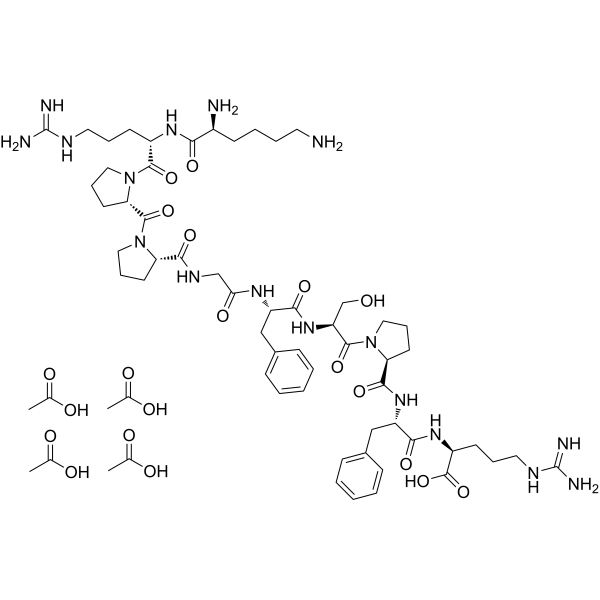
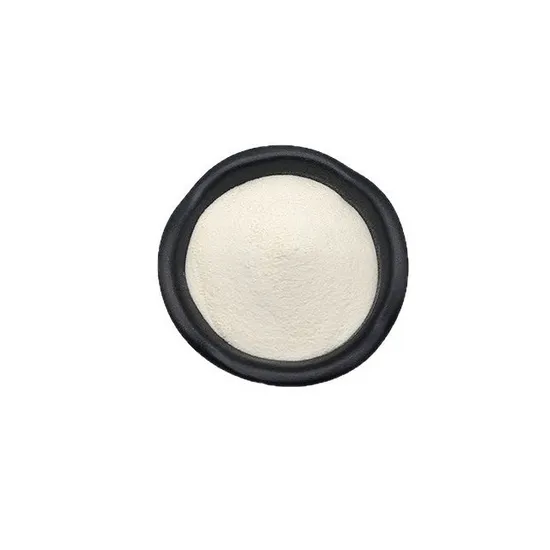
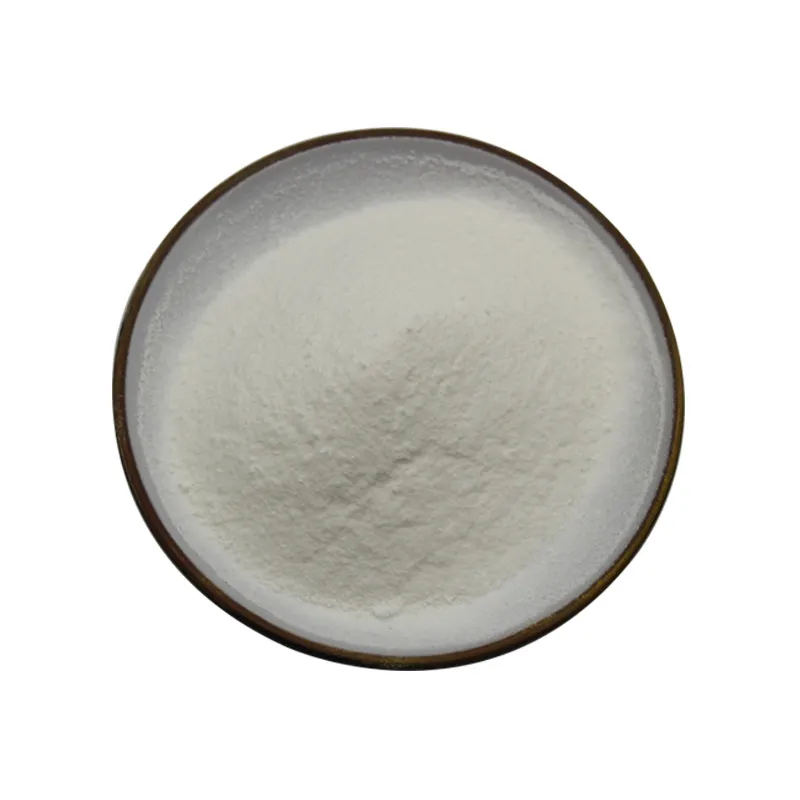



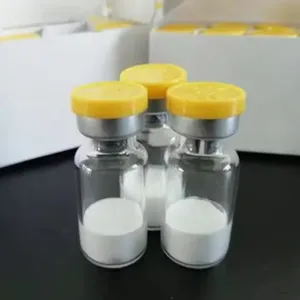
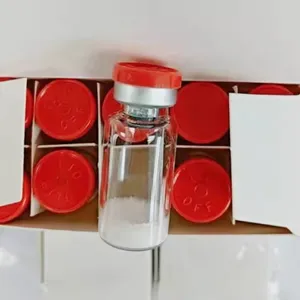

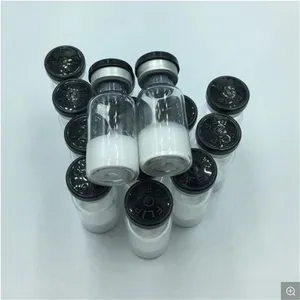
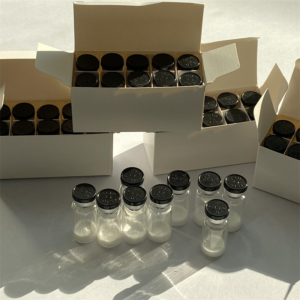
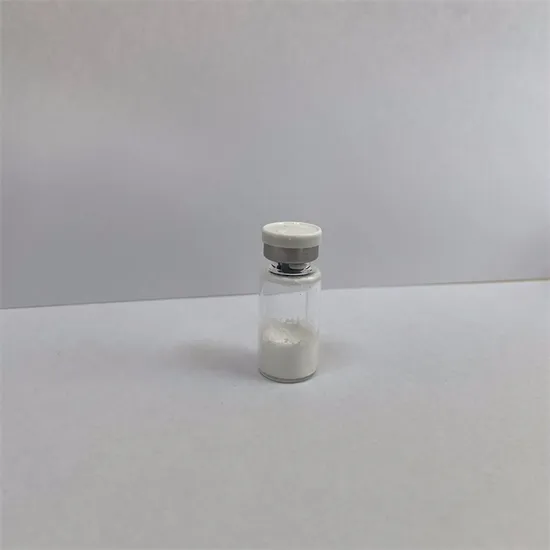
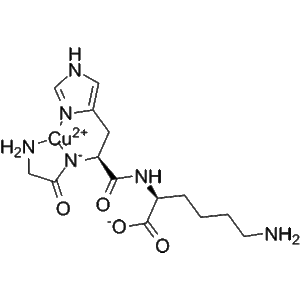
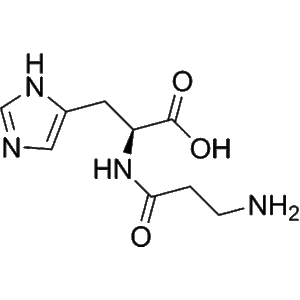
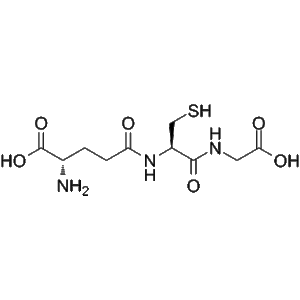
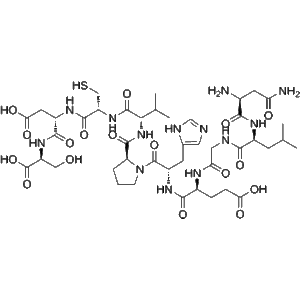
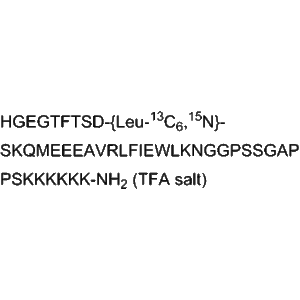
Reviews
There are no reviews yet.